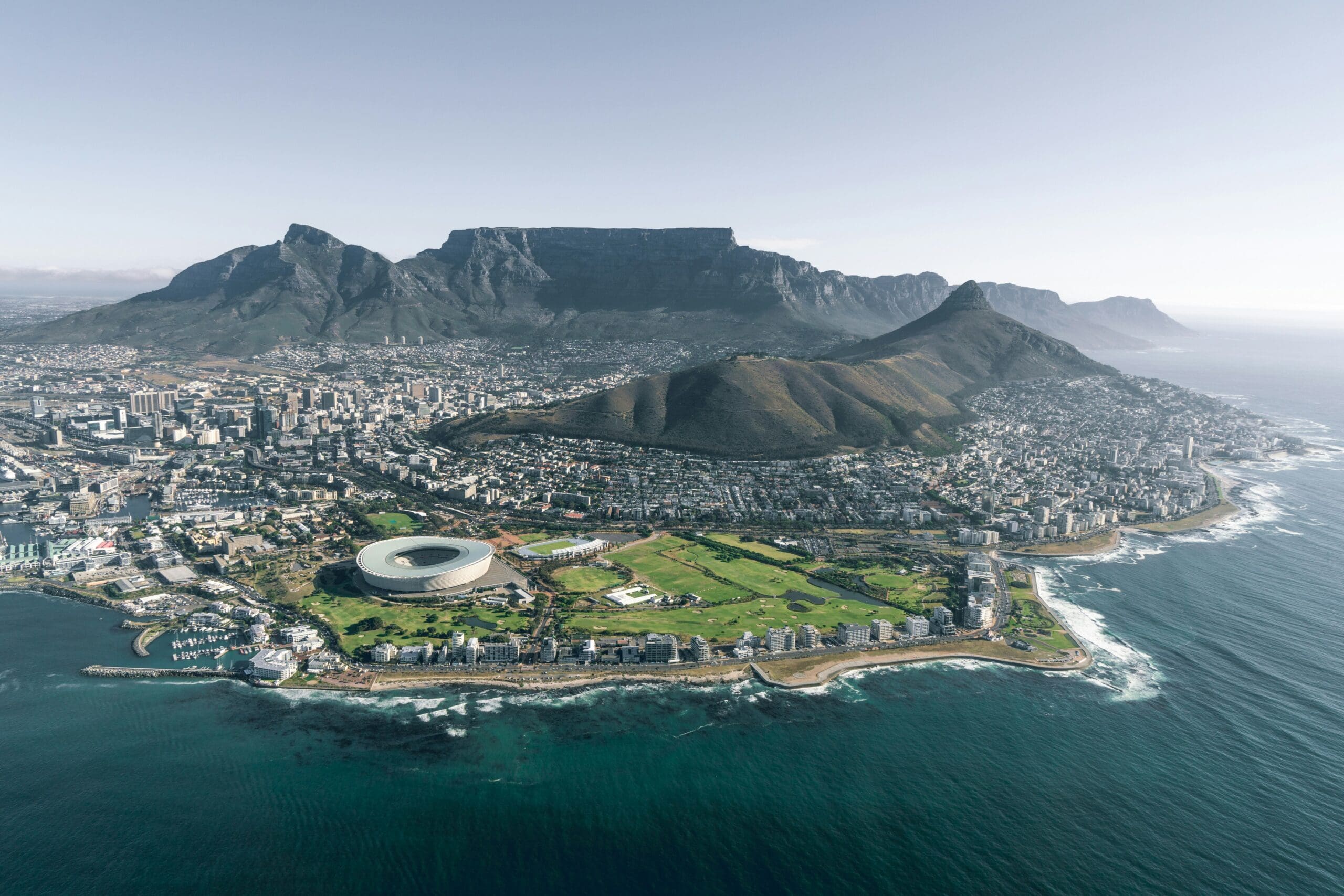Optimal Diving Seasons
Peak Seasons
The best months to dive during the Sardine Run are typically June, July, and August. During these months, you’ll experience the most impressive gatherings of sardines, which in turn attract a plethora of predators. The waters are usually teeming with activity, providing thrilling encounters with dolphins, sharks, and other oceanic hunters that follow the sardine schools. Visibility tends to improve during these months as well, allowing for clearer underwater experiences.
Off-Peak Seasons
Diving outside the peak Sardine Run season offers its own set of advantages and challenges. From September to May, the number of sardines decreases significantly, meaning less spectacular bait ball formations. However, diving during these times can provide a quieter and more relaxed underwater experience, without the large crowds of divers seen in peak months. Sea conditions may vary, with potential challenges in visibility and water temperature, but for those seeking a unique adventure, the off-peak season can still offer exciting dive opportunities.
Month-by-Month Guide
January to March: These early months of the year are generally too early for the Sardine Run. The weather can be unpredictable, with potential for rain and storms affecting visibility and sea conditions.
April to June: This period marks the beginning of the Sardine Run. The activity starts to pick up, particularly in June, when huge shoals of sardines begin their migration. Weather conditions improve, and divers can start witnessing initial signs of this spectacular event.
July to September: These are the peak months for the Sardine Run. July is often considered the best month, featuring large shoals of sardines moving along the coast, attracting predators like dolphins, sharks, and seabirds. August can still offer good activity but tends to taper off by September. Sea conditions remain favorable, with good visibility and manageable currents.
October to December: The Sardine Run activity has generally ended by this time. Diving conditions are still favorable, but the focus shifts to other marine life and underwater experiences as the sardines have left the area. The visibility remains decent, and the water is warming up, offering pleasant dives.
Diving Conditions
Water Temperature
The water temperature during the Sardine Run can vary significantly. In general, you can expect the water to be cooler, averaging between 19-21°C (66-70°F) during the peak Sardine Run season. A 5mm wetsuit or even a drysuit is often recommended during this time to keep comfortable during extended dives.
Visibility
Visibility during the Sardine Run is one of the most variable factors. It can range from a mere 5 meters on less optimal days to an impressive 20 meters or more when conditions are perfect. Early morning and late evening dives typically offer better visibility, thanks to reduced plankton activity and less water movement.
Currents and Tides
The Sardine Run is characterized by strong, unpredictable currents. These currents are driven by the migration patterns of the sardines and their predators. Spring tides occurring during new and full moons can make the currents even stronger, presenting challenges but also opportunities for more dynamic marine life encounters. Dive operators usually plan dives around slack tides when currents are at their weakest to ensure safety and maximize enjoyment.
Recap
In summary, the best time to experience the Sardine Run in South Africa is between May and July. During these months, divers can witness the astonishing migration of millions of sardines, accompanied by a remarkable array of marine predators and birds. The winter months offer cooler water temperatures, excellent visibility, and predictable currents, making it an ideal time for an unforgettable diving adventure. Special encounters with marine life, such as dolphins, sharks, and whales, add to the unique appeal of diving during the Sardine Run.


Leave a Reply